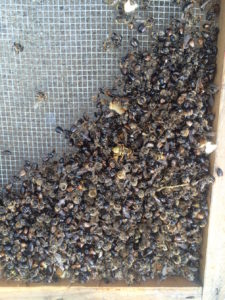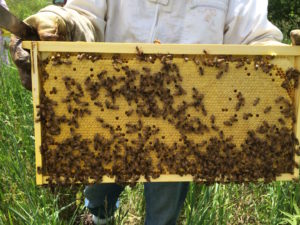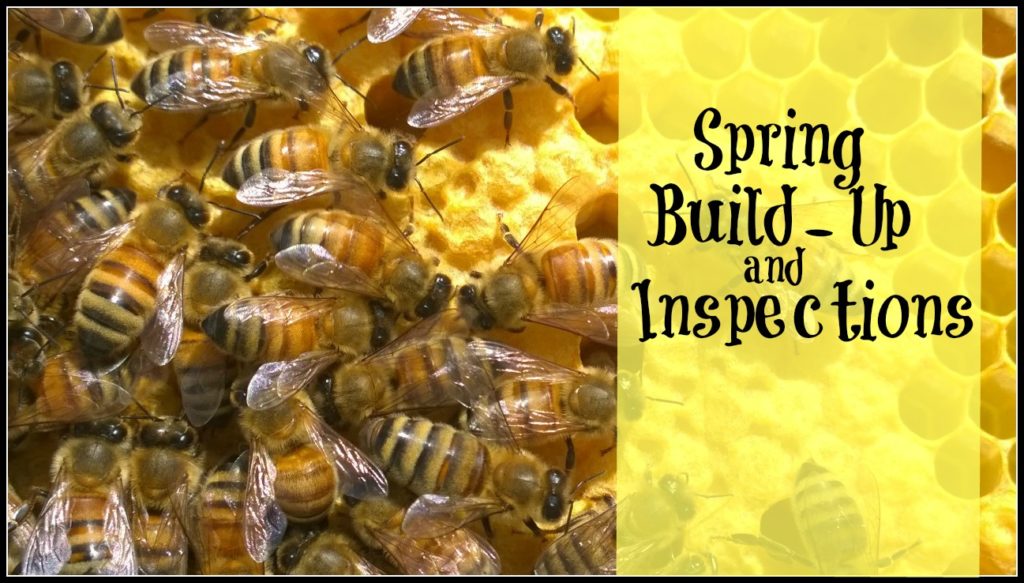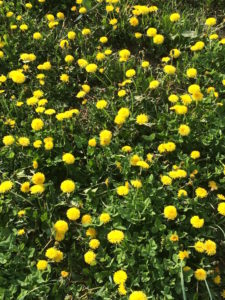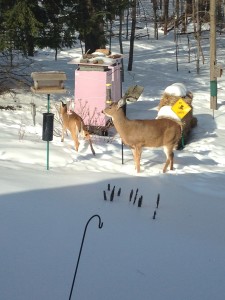A fellow beekeeper recently summarized it well: “It’s a bee-itch to love a bug.” So so so true, especially this time of year.
Mite counts are soaring–are you testing, and treating if need bee? A count can go out of control real quickly in a strong colony, because it may be robbing from weaker colonies (who have counts way out of control.) And there’s plenty of robbing going on, with the thieves not only wasps and hornets, but also friendly turned frenzied honeybees.Continue Reading
